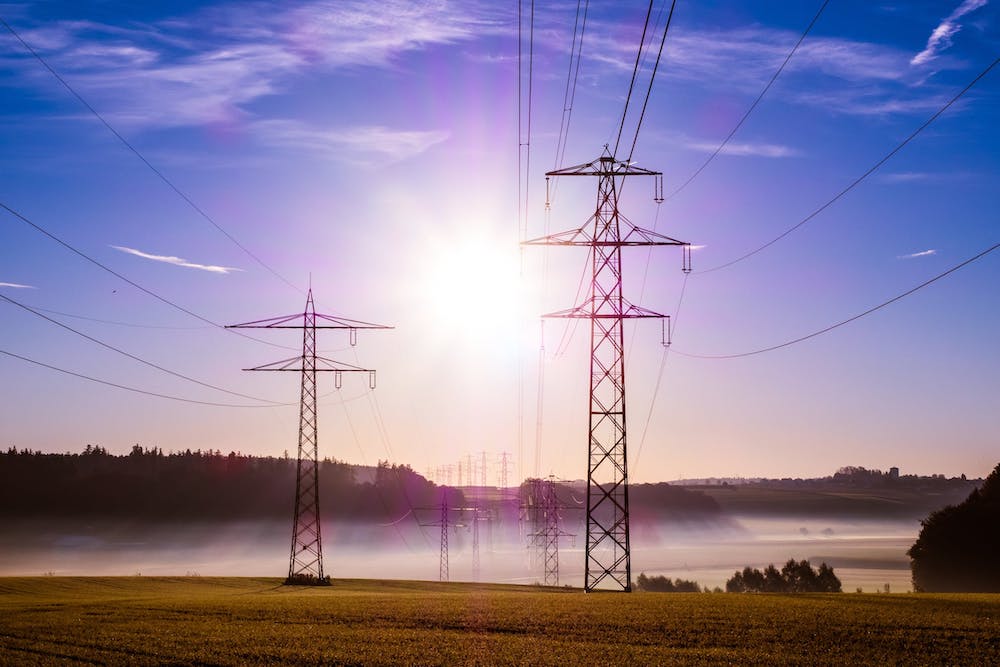
You know your lighting retrofit or energy efficiency project is saving you money, but did you know it can also generate a new revenue stream? Imagine additional income without any additional risk or investment that could continue for up to four years. Within the PJM Interconnection, energy efficiency (EE) projects, originally done to reduce energy usage and maintenance costs, provide a payback and increase the profitability of the company – can now also serve as a source of additional revenue for your organization.
The PJM Capacity Market
PJM is the Regional Transmission Operator in Delaware, the District of Columbia, Maryland, New Jersey, Ohio, Pennsylvania, Virginia, and West Virginia, as well as parts of Indiana, Illinois, Kentucky, Michigan, North Carolina, and Tennessee. It is their responsibility, throughout those areas, to ensure that the electric grid has enough capacity to meet the demand for electricity. To do this, PJM has developed the PJM Reliability Pricing Model (RPM).
The RPM is used to generate long-term pricing signals to capacity resources and Load Serving Entities (LSE) in a manner that is consistent with the PJM Regional Transmission Expansion Planning Process (RTEPP). Or more simply, it helps PJM determine where additional capacity is needed with respect to the electric transmission system, while also providing incentives for those need capacity resources to be developed.
Traditionally, electricity generators (nuclear, coal and natural gas fueled power plants) have been the primary participants, committing their electricity output to the grid through an auction process. In return, PJM has compensated these generators financially for their capacity commitments and the lights have stayed on.
But with fewer new power plants being constructed, older ones facing retirement, and certain planned transmission projects unable to get off the ground, grid congestion is not only a continuing threat but a growing one that can seriously impede the efficient distribution of electricity that Americans have come to expect.
To combat these circumstances that have left PJM with less generation resources to meet electricity demand plus the 15% reserve capacity they need, PJM has begun to reward those that help reduce electricity demand just as they would a generator supplying more electricity. After all, a penny saved is a penny earned, right? EE projects and Demand Response (DR) participants, both of which reduce electricity demand (EE does it permanently and DR for up to 10 hours), are now considered capacity resources by PJM and are therefore eligible to participate in the RPM and receive capacity payments.
What’s a Capacity Payment Worth?
That really depends on many factors, such as what region of PJM you’re located in and the availability of capacity resources.
EE projects can earn this income for up to 4 years from the time that the project is commissioned. Submit your project today for an estimate of additional revenue.
How You Can Begin Receiving This Revenue
The RPM, which has been used since 2007, successfully gains capacity commitments three years in advance. These commitments are received through multiple auctions that occur each year within each of PJMs 26 regions; helping to stabilize pricing signals, yet still allowing pricing to be locational. In order to begin receiving capacity payments for your EE project, you will need to participate through an RPM auction(s). These auctions include a Base Residual Auction (BRA), which occurs each May and secures each region’s capacity three years in advance, while establishing the compensation that capacity resources will receive for their commitments. There can also be up to three incremental auctions per delivery year to account for adjustments in resource commitments. Only those with PJM membership access, though, are able to participate in RPM auctions. PJM also requires EE projects to take the following steps before they will accept their capacity bids in RPM auctions:
1. First you must submit an Initial Measurement and Verification (M&V) Plan to PJM. The Initial M&V plan will identify existing facilities and what they will be replaced with; provide details on the project; describe energy and capacity savings, and develop an on-going monitoring program for the project.
2. You need to establish credit with PJM before you will be allowed to participate in the RPM auction.
3. Then an Energy Efficiency Resource Modification (EE MOD) can be submitted into the eRPM system.
4. An Initial Post-Installation M&V Report is submitted to PJM. This will include results from audits and monitoring of the project.
5. You must permit PJM or an independent third party to conduct post-installation M&V audits.
Once these steps are completed your EE project will be able to bid into the RPM auction and you will be eligible to receive capacity payments. Refer to PJM Manual 18 and 18b for the details of this PJM program.
As you might expect, though, the efforts to get your project qualified for capacity payments is time consuming, has financial costs, comes with some risk, (remember you are participating in a market) and is time sensitive. You can only receive payments for 4 years from the date of commission, so it becomes very important to be ready to bid your EE project into the capacity market as soon as possible to maximize your benefit.
To eliminate the costs and risks and to ensure access to the PJM RPM, you can partner with a third party, such as Onsite Utility Service Capital, LLS, which would split these proceeds equally with you for handling the complicated and onerous Energy Efficiency Capacity, RPM and monitoring processes as well as taking on the performance and market risks.
Act now to maximize your revenue from this newly found income stream. Submit your project today for an estimate of additional revenue.
Onsite Utility Services’ (OUS) Team has worked extensively with the PJM Reliability Pricing Model. Our energy professionals have helped our clients successfully bid developed Energy Efficiency projects into the RPM auction. OUS Team members come from diverse backgrounds in the energy industry, allowing us to provide our clients with a comprehensive view of energy opportunities.
You May Also Like …
OUSCapital.com enters a purchasing contract with TIPS to provide energy and water efficiency solutions to their members
Delavan, Wisconsin – Onsite Utility Services Capital enters into a cooperative purchasing contract with The Interlocal...
Immersion Cooling for Bit Coin Miners offers 30% CapEx reduction and up to 90% Energy Savings on HVAC
Delavan, Wisconsin – Onsite Utility Services Capital launches Immersion Cooling for Bit Coin Miners to reduce CapEx...
Refrigeration with Solar Thermal Energy Saves up to 50% Electricity and Carbon with Zero CapEx or Debt for Grocery Stores
Delavan, Wisconsin – Onsite Utility Services Capital launches Refrigeration Optimization-as-a-Service to capture...







